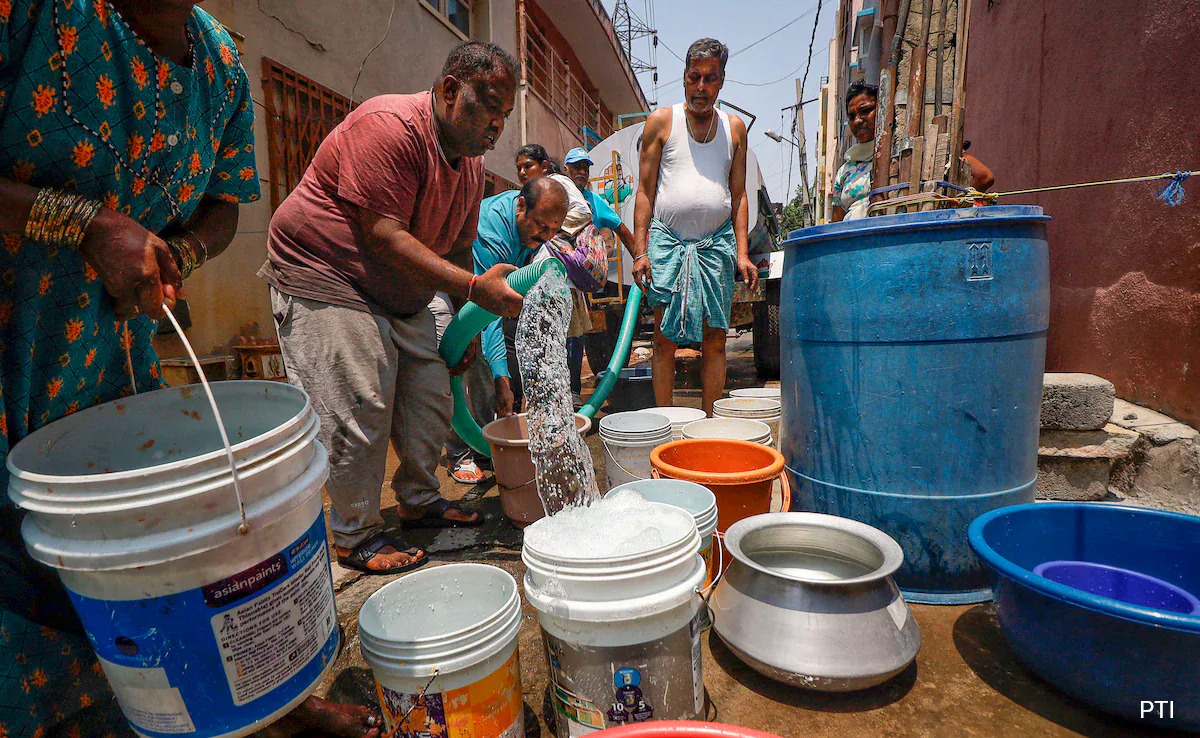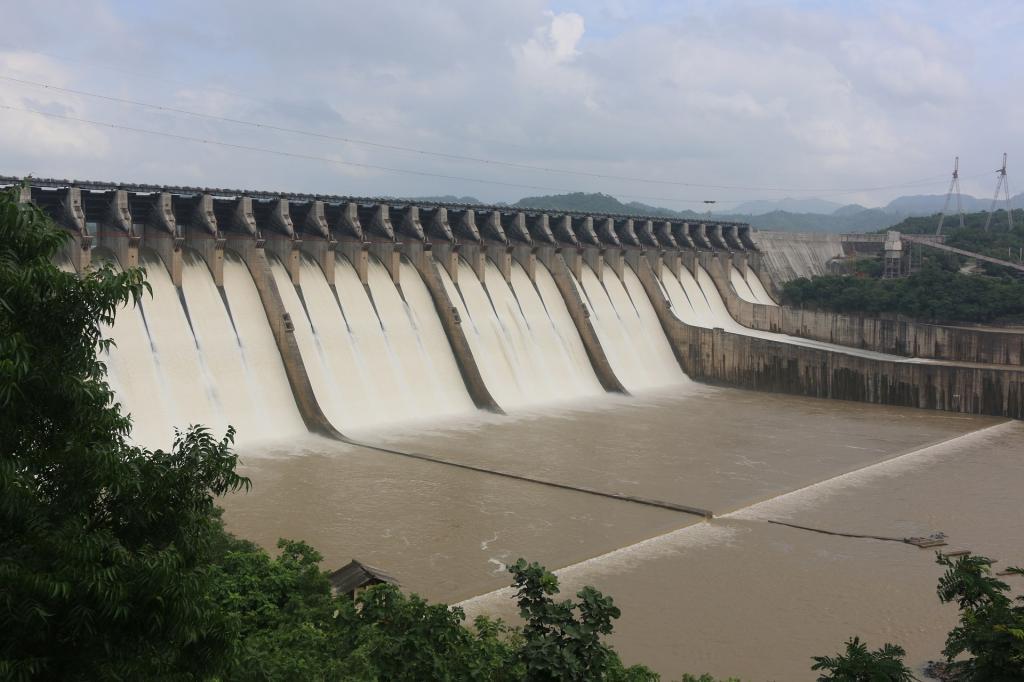Major reservoir water levels have dropped to just 30% of their storage capacity as of April 25. This indicates a notable decrease from the prior year. The El Nino phenomena combined with little rainfall has created circumstances resembling a drought.
Numerous areas are now fragile and parched as a result of the protracted drought that has reduced water supplies.Due to the persistent temperature compounding the already rapid drop in water levels, the eastern and southern regions are most affected by this catastrophe.

Source: The Daily Guardian
The ramifications are severe, especially for Andhra Pradesh, Karnataka, and Tamil Nadu, where the scarcity of water has reached critical levels. Serious water scarcity is a problem in Bengaluru, affecting both agriculture and daily life. The implications go beyond the pressing issues.
The core of India’s economy, agriculture, is severely disrupted, which is bad for a variety of crops. The approaching rainy season has the potential to significantly improve the situation, since almost half of India’s agricultural land depends on monsoon rains.The above-normal rainfall outlook only encourages cautious optimism.
Source: Mint
All sectors of society, from households to industrial operations and agricultural practices, need to step up their efforts to conserve water. To increase the efficiency of water storage and distribution, investments in water infrastructure and management systems are desperately needed.
Crop variety and sustainable farming methods can save water usage and increase drought resistance. There needs to be a greater emphasis on raising awareness of water conservation methods and responsible use of this finite resource. To prevent an impending catastrophe and guarantee a safe future for everybody, swift and urgent action must be taken.
What do you think about this? Comment below.

